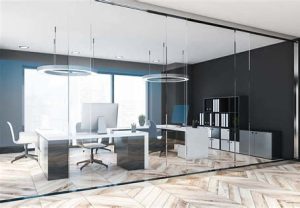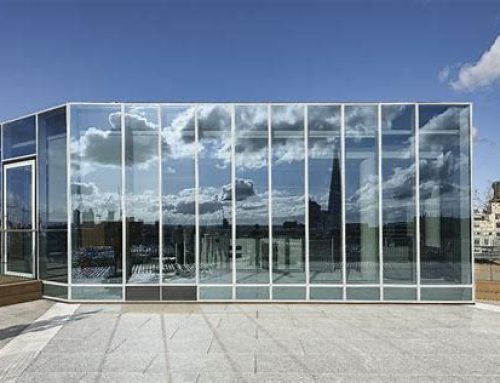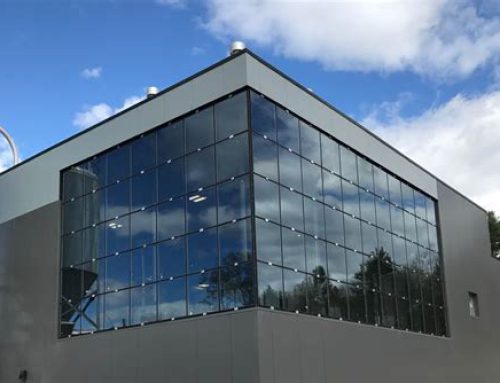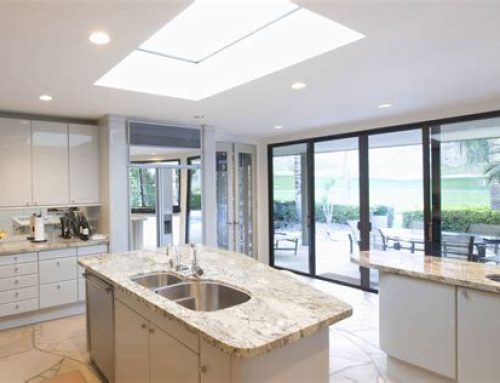cost of glass wall vs drywall

cost of glass wall vs drywall ,In the realm of contemporary architecture and interior design, the choice between glass walls and traditional drywalls carries significant weight. Both options come with their own set of advantages and drawbacks, but one factor that often tops the list of considerations is cost. Understanding the financial implications of these two building materials is crucial for any project budget. So, let’s delve into a comparative analysis of the cost of glass walls versus drywalls.
Cost Considerations:
Material Costs:
Glass Walls: Glass walls, being a premium architectural feature, generally come with a higher upfront material cost compared to drywalls. The cost can vary widely depending on factors such as the type of glass (tempered, laminated, insulated), thickness, clarity, and any additional features like tinting or frosted designs. High-quality glass, particularly if it’s customized or specialized for energy efficiency or soundproofing, can significantly increase the cost.
Drywalls: Drywalls, on the other hand, are more economical in terms of material costs. The materials required for drywall construction, such as gypsum boards, joint compound, and tape, are readily available and relatively inexpensive. Additionally, drywall installation typically requires less specialized labor compared to glass wall installation, further contributing to cost savings.
Installation Costs:
Glass Walls: Installing glass walls demands precision and expertise, often requiring skilled labor and specialized equipment. The installation process involves careful measurement, cutting, and fitting of glass panels, as well as the installation of supporting structures such as frames and tracks. Labor costs for glass wall installation can be higher due to the technical skill and time-intensive nature of the work.
Drywalls: Drywall installation is generally more straightforward and requires less specialized labor compared to glass walls. Skilled contractors can efficiently hang and finish drywall panels, minimizing labor costs. However, additional factors such as the complexity of the design, accessibility of the site, and the need for insulation or soundproofing can influence installation expenses.
Maintenance and Longevity:
Glass Walls: While glass walls can add a touch of elegance and sophistication to any space, they also require regular maintenance to preserve their aesthetic appeal. Cleaning and upkeep of glass surfaces are essential to prevent smudges, streaks, and scratches. Depending on the location and environmental factors, such as exposure to sunlight and moisture, glass walls may require periodic inspections and repairs to address issues like sealant degradation or glass damage. However, high-quality glass walls are known for their durability and longevity when properly maintained.
Drywalls: Drywalls are relatively low-maintenance compared to glass walls. Routine maintenance typically involves patching any dents, cracks, or holes that may occur over time. While drywalls are susceptible to damage from impacts and moisture, proper installation and regular upkeep can extend their lifespan significantly. With proper care, drywalls can maintain their structural integrity and aesthetic appeal for many years.
Energy Efficiency and Sustainability:
Glass Walls: Glass walls offer transparency and natural light, enhancing indoor aesthetics and reducing the need for artificial lighting during the day. However, their thermal performance can vary depending on factors such as glass type, framing materials, and insulation. Energy-efficient glass options, such as double or triple glazing with low-emissivity coatings, can help improve insulation and reduce heating and cooling costs. Additionally, glass walls can contribute to sustainable design by promoting daylighting and connectivity with the outdoors.
Drywalls: Drywalls provide insulation and acoustic properties, contributing to energy efficiency and indoor comfort. They can be augmented with additional insulation materials to enhance thermal performance further. Drywall construction also generates fewer environmental impacts compared to glass production, making it a more sustainable choice in terms of embodied energy and carbon footprint.
Aesthetic Appeal and Design Flexibility:
Glass Walls: Glass walls are prized for their ability to create an open, spacious feel and provide uninterrupted views of the surrounding environment. They lend a sense of modernity and sophistication to interior spaces, making them popular choices for commercial buildings, luxury residences, and contemporary office environments. Glass walls offer unparalleled design flexibility, allowing architects and designers to play with transparency, reflections, and visual connections. From sleek minimalism to bold statement pieces, glass walls can be customized to suit a wide range of architectural styles and design preferences.
Drywalls: While drywalls may lack the transparency and visual impact of glass walls, they offer ample opportunities for creative expression and customization. Drywall surfaces can be painted, textured, or embellished with decorative finishes to complement the overall design theme. With skilled craftsmanship, drywall installations can incorporate curves, angles, and intricate details to add visual interest and character to interior spaces. Drywalls also serve as a versatile canvas for artwork, murals, or integrated lighting features, allowing designers to unleash their creativity and personalize the space according to the client’s vision.
Regulatory Compliance and Safety:
Glass Walls: Glass walls must meet stringent safety standards and building codes to ensure occupant safety and structural integrity. Requirements regarding glass thickness, impact resistance, fire rating, and safety glazing vary depending on the application and local regulations. Compliance with safety standards may add to the overall cost of glass wall installations, especially for high-traffic areas or public buildings where safety is paramount. Proper installation and maintenance of glass walls are essential to mitigate risks associated with breakage, fragmentation, or glass-related injuries.
Drywalls: Drywall construction must adhere to building codes and regulations governing fire safety, structural stability, and acoustic performance. Proper installation techniques and quality materials are essential to meet these requirements and ensure a safe and functional environment. Fire-resistant drywall products, such as Type X gypsum boards, may be specified for areas with heightened fire protection needs. Additionally, soundproofing measures, such as resilient channels or acoustic insulation, can be incorporated into drywall assemblies to enhance occupant comfort and privacy.
Return on Investment (ROI) and Property Value:
Glass Walls: Investing in glass walls can potentially increase the market value and appeal of a property, particularly in upscale residential or commercial markets. The aesthetic allure, natural light, and modern design aesthetic associated with glass walls may attract discerning buyers or tenants willing to pay a premium for such features. Furthermore, glass walls can enhance the perceived value of a property by creating a sense of openness, connectivity with the outdoors, and a sophisticated ambiance.
Drywalls: While drywalls may not offer the same level of visual impact as glass walls, they contribute to the overall functionality, comfort, and livability of a space. Well-executed drywall installations with high-quality finishes can enhance the perceived quality and desirability of a property. Additionally, energy-efficient features and sustainable building practices associated with drywall construction may appeal to environmentally conscious buyers or tenants seeking energy savings and long-term durability.
Conclusion:
In summary, the choice between glass walls and drywalls involves a careful evaluation of various factors, including aesthetic preferences, design flexibility, regulatory compliance, safety considerations, and long-term value. While glass walls offer unparalleled transparency, modernity, and design versatility, they come with higher upfront costs, maintenance requirements, and safety considerations. Drywalls, on the other hand, provide a cost-effective solution with ample opportunities for customization, regulatory compliance, and long-term durability.
Ultimately, the decision should be guided by the specific requirements, budget constraints, and design objectives of each project. By balancing the costs and benefits of glass walls and drywalls, architects and designers can create functional, aesthetically pleasing, and sustainable environments that meet the needs and aspirations of their clients while maximizing the return on investment and property value, cost of glass wall vs drywall , cost of glass wall vs drywall.





Leave A Comment